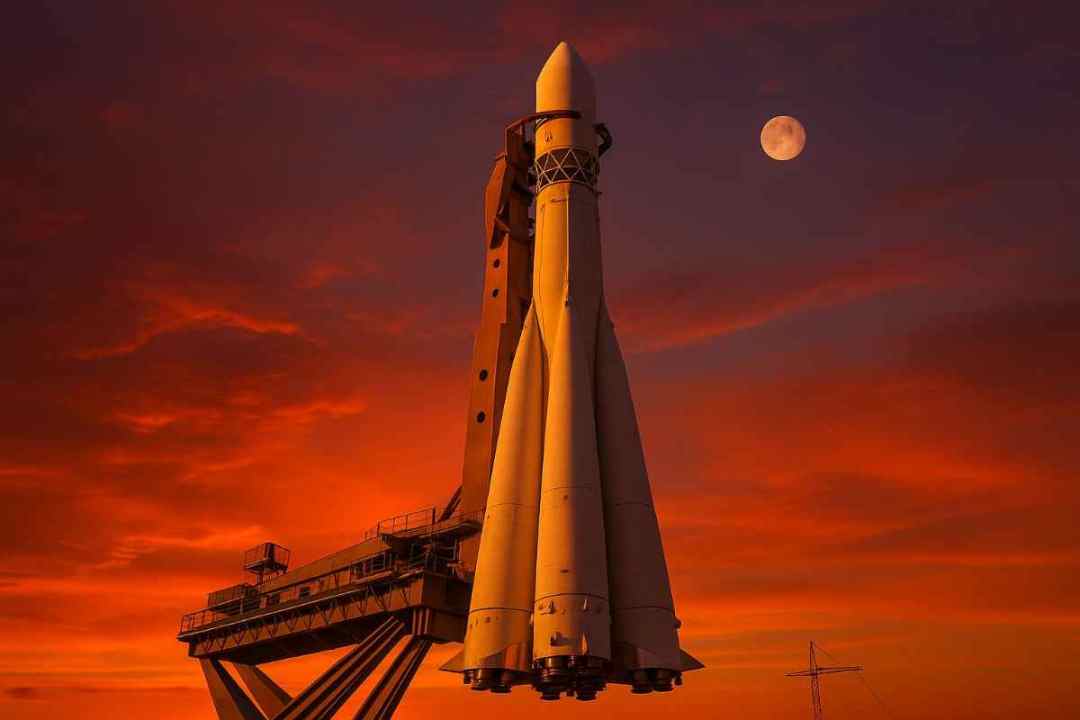
Rocket Development
The evolution of Soviet rocket technology from early V-2 derivatives to the powerful Energia launcher.
From Military Missiles to Space Launchers
Soviet rocket development began in earnest following World War II, when Soviet forces captured German V-2 rocket technology and scientists. Like their American counterparts, Soviet engineers initially worked with these captured assets to understand and advance rocket technology.
Under the leadership of Sergei Korolev, the Soviet rocket program quickly moved beyond German designs to create increasingly powerful and reliable native rockets. What began as a military missile program would evolve into the launch vehicles that would carry the first satellite and the first human into space.
The Soviet approach to rocket design often favored simplicity and reliability over complexity and performance. This philosophy would be vindicated by the extraordinary longevity of designs like the R-7, which remains in service today as the Soyuz rocket.
Major Soviet Rocket Families
R-7 Rocket Family
The R-7 (also known as Semyorka, "the Seven") was originally designed as an intercontinental ballistic missile. It became the world's first such missile when it was successfully tested in August 1957.
Modified versions of the R-7 launched Sputnik, Yuri Gagarin, and countless other missions. The R-7's descendants—Vostok, Voskhod, and Soyuz rockets—remain the most reliable and frequently used space launchers in history.
Key features included:
- Distinctive conical shape with four strap-on boosters
- Use of parallel staging (all engines firing at liftoff)
- Alcohol and liquid oxygen propellants in early versions
- Kerosene and liquid oxygen in later models

Chief Designers
The Soviet rocket program was shaped by the vision and rivalry of several chief designers, each heading their own design bureau (OKB). Their competition for resources and prestige created both innovation and inefficiency in the Soviet system.
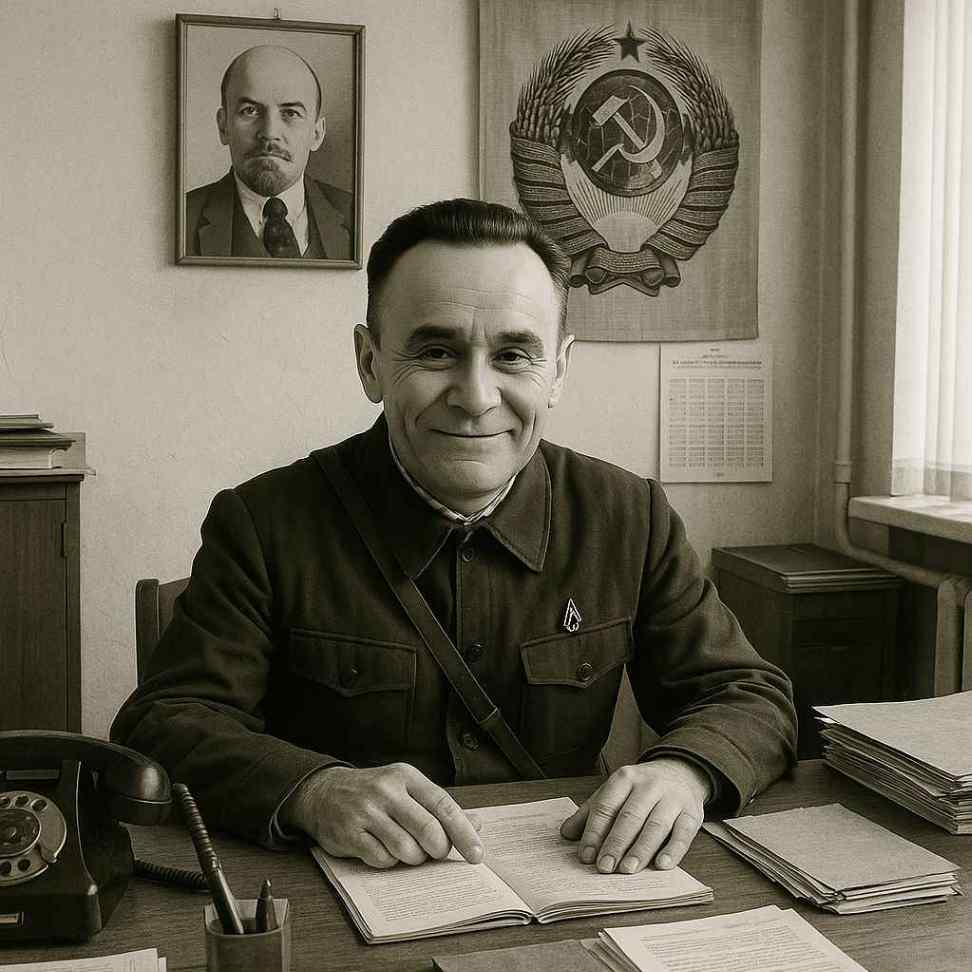
Sergei Korolev
1907-1966
Known as the "Chief Designer," Korolev led the team that launched Sputnik and put the first human in space. His R-7 rocket and derivatives became the backbone of the Soviet space program.
Despite being imprisoned in the Gulag during Stalin's purges, Korolev became the driving force behind early Soviet space successes. His identity was kept secret until after his death.
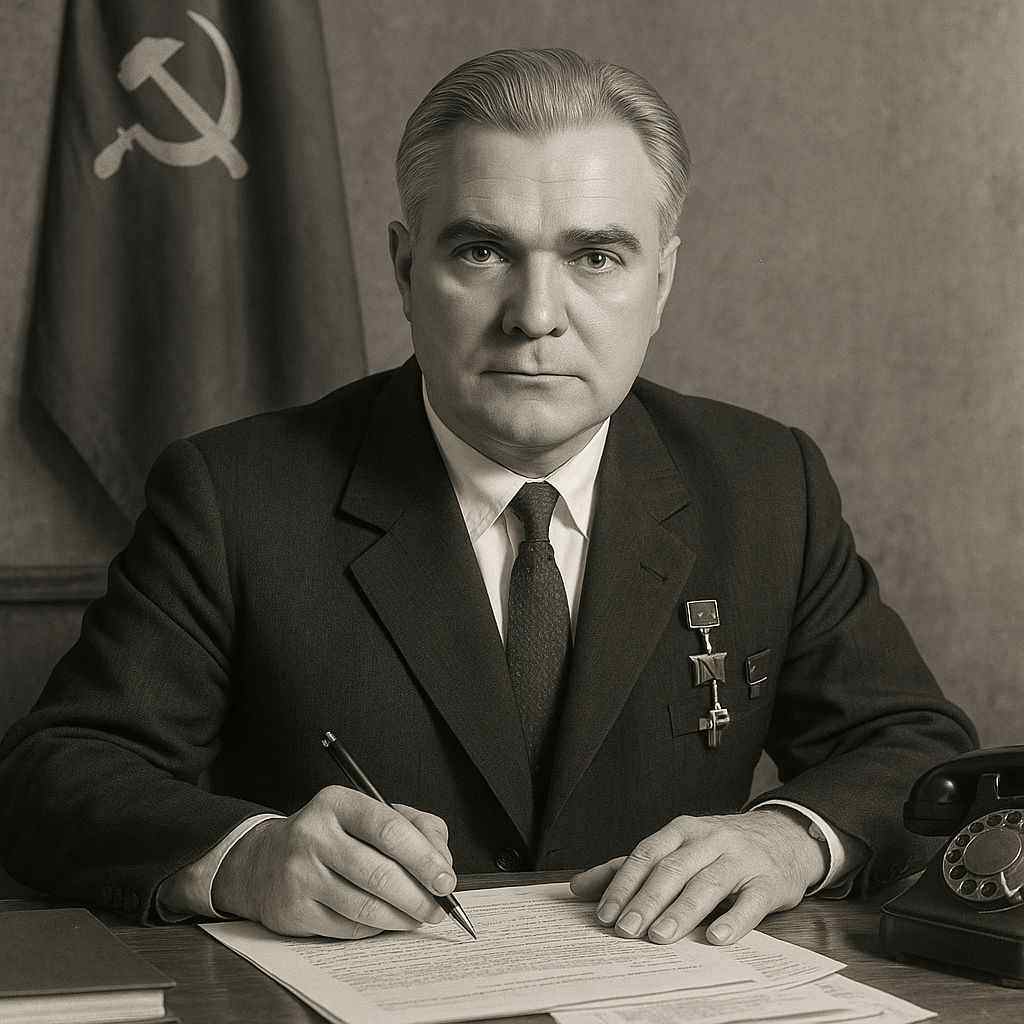
Valentin Glushko
1908-1989
Glushko was the Soviet Union's premier rocket engine designer. His engines powered most Soviet rockets, including the R-7 family. His rivalry with Korolev stemmed partly from his preference for hypergolic (storable) propellants over cryogenic ones.
After Korolev's death, Glushko eventually became head of the merged design bureaus and led the development of the Energia-Buran system.
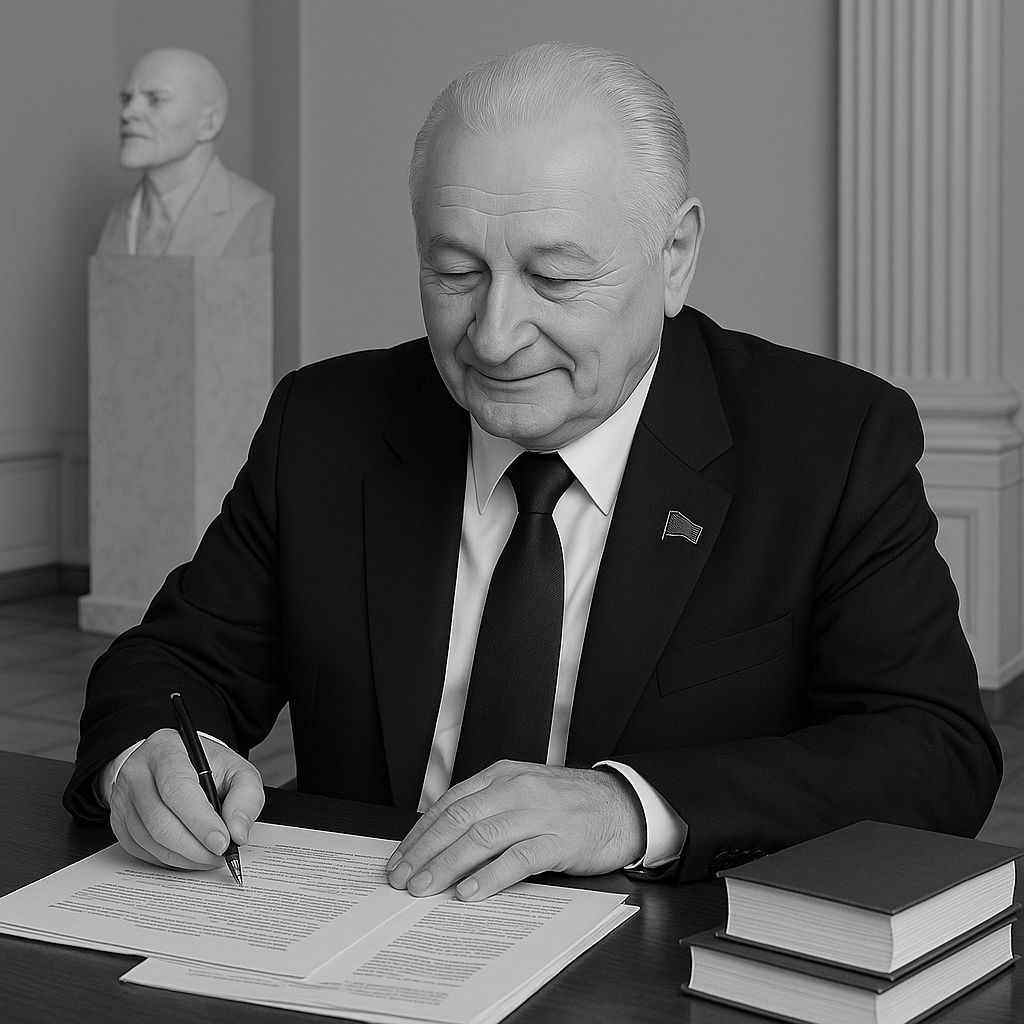
Vladimir Chelomei
1914-1984
Chelomei designed the Proton rocket and proposed several innovative space systems, including reusable spacecraft. He benefited from political patronage, particularly from Nikita Khrushchev whose son worked at his design bureau.
Chelomei's OKB was a major competitor to Korolev's team, often proposing alternative approaches to similar missions, which sometimes led to redundant development.
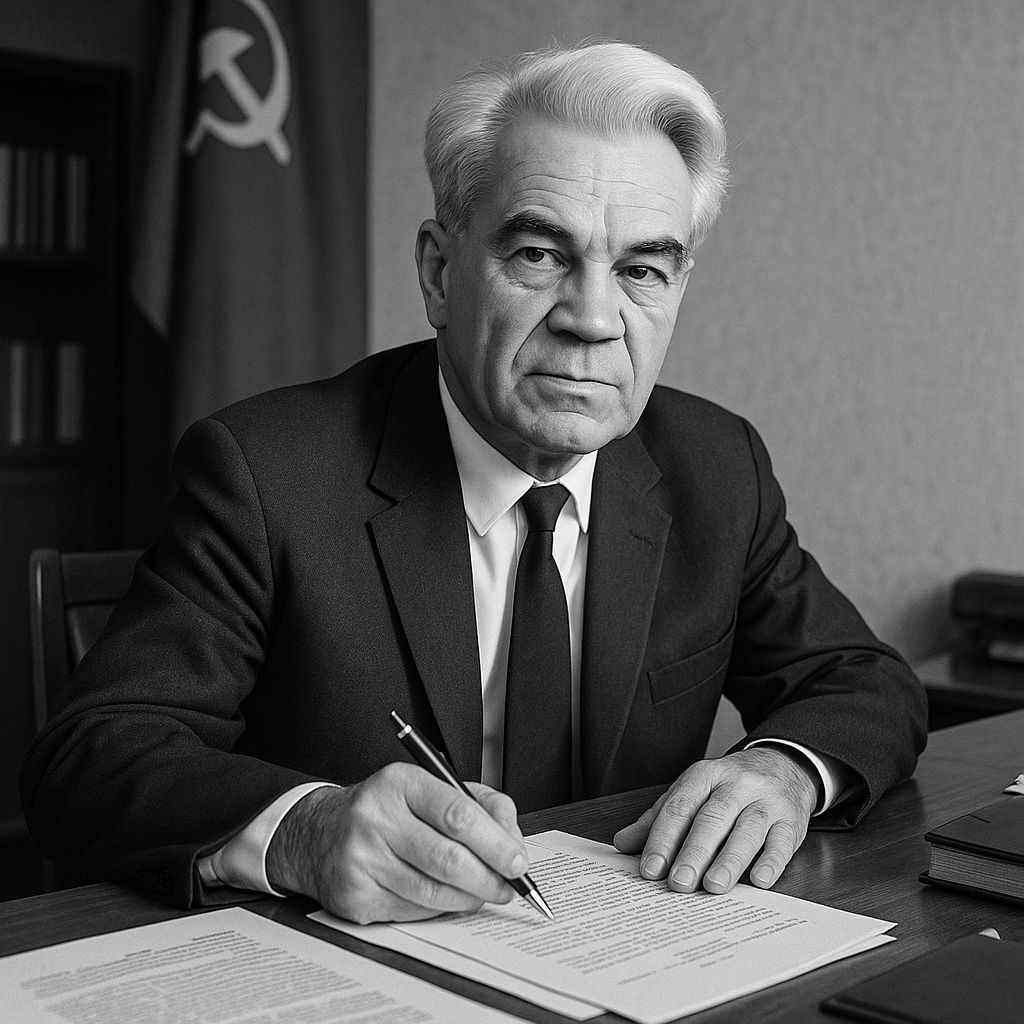
Mstislav Keldysh
1911-1978
Known as the "Chief Theoretician" of Soviet cosmonautics, Keldysh made crucial contributions to the mathematics and mechanics of spaceflight. His work was essential for calculating orbital trajectories and solving complex engineering problems in the space program.
Technical Innovations
The Soviet rocket program pioneered several important technical innovations that influenced global rocket development:
Staged Combustion Cycle Engines
Soviet engineers developed the staged combustion cycle for rocket engines, which provided higher efficiency than the gas generator cycle used in early American designs. This innovation was later adopted globally and remains the basis for modern high-performance rocket engines.
Parallel Staging
The R-7 rocket introduced the concept of parallel staging, where multiple first-stage boosters fire simultaneously at liftoff. This approach provided high initial thrust and remained a distinctive feature of Soviet launch vehicles.
Propellant Innovations
Soviet rocket designers pioneered the use of various propellant combinations, including hypergolic (self-igniting) propellants that eliminated the need for complex ignition systems, simplifying engine design and improving reliability for military applications.
Automated Docking Systems
To support their space station program, Soviet engineers developed automated rendezvous and docking systems that could operate without direct human control. This technology became essential for space station operations and is still used on Soyuz spacecraft today.